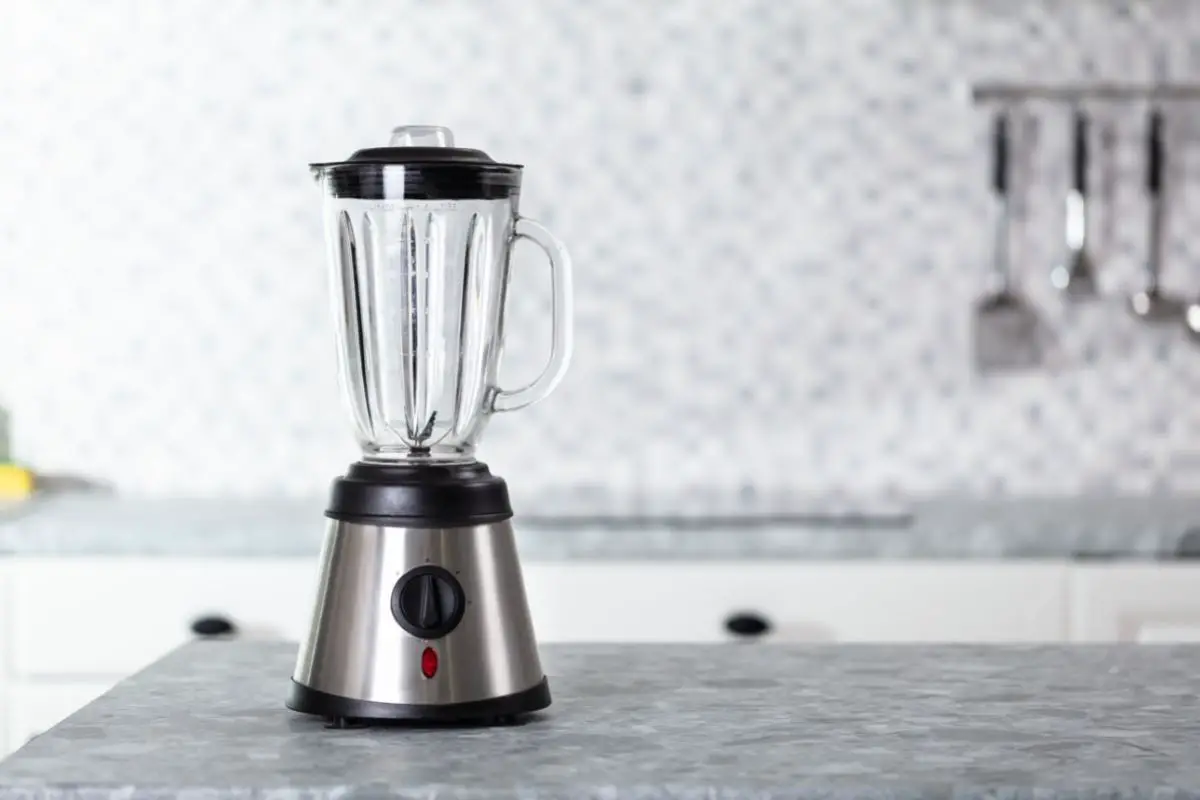The rich aroma and taste of freshly brewed coffee in the morning helps kick-start the day for many people. Brewing with freshly ground coffee allows for brewing tasty coffee. You probably have a burr grinder or blade grinder at home to grind your own coffee beans. But what if your grinder decides to act up and you do not have a budget to buy a new one right away? What other options do you have? Can you grind coffee beans in a blender? Well, you can.

Probably, you may not always want to visit your local coffee shop to get a quick morning cup of Joe, especially when you have just woken up. Thus, before giving up on taking coffee, consider grinding roasted coffee beans in your blender. Read on through this article to learn more on how to go about it.
Can You Use a Blender as a Coffee Grinder?
The importance of grinding coffee beans is to make it possible to extract coffee flavors, oils, and aromas when brewing. Technically, it can be a big challenge to extract these coffee properties from whole coffee beans. When you grind whole beans, you increase their surface area due to the reduced size of the particles. As a result, there is more contact with hot water when brewing.
Also, grinding coffee beans reduces the extraction time. The finer the coffee grounds, the more the extraction. Thus, anything that can help increase the surface area of coffee beans can be used as a grinder. That is where a regular blender comes in handy to save the situation.
However, grinding coffee is not only about crushing the beans or chopping them into smaller particles. For the best results, you need to ensure the grounds are uniformly sized. While a blender can grind coffee beans, it is not as reliable as a burr grinder in terms of producing uniform grounds. Thus, only use it as a short-time solution to save your day when your blender fails. Regardless, here is how you grind coffee beans with a blender.
Grinding Coffee Beans in a Blender
A blender uses rotating blades at the bottom section of the pitcher to grind. It works like a blade grinder. The difference between a blender and a grinder is that a blender has more room for grinding beans than a grinder. Most blade grinders have a small room to grind many beans at a go. For instance, you may be forced to grind the beans in two or three cycles to make enough grounds for brewing a full pot of coffee.
With a blender, be it a Ninja, Vitamix, or any other blender, you can grind coffee beans in large quantities. Also, a blender can grind in better consistency than a blade grinder. If you prefer brewing with freshly ground coffee, a blender is a great alternative. However, you will not get consistent grounds like pre-ground coffee bought from a local grocery store.
Which Grind Sizes Can You Get with a Blender?
Essentially, you can grind coffee beans into several particle sizes including coarse, medium, and fine grind sizes. Coarse grounds have a particle size of at least 1mm per particle. Extra fine ground coffee particles are under 0.25mm in size. Since it is important to get the grind size right and consistent, a blender is only recommended for temporary use. Blenders and blade grinders do not grind uniform grind sizes. Thus, you will find it quite challenging to know the average size of the particles. With a burr grinder, you get uniform grind sizes. In fact, some electric burr grinders allow you to set the grind size you want. The preset adjustments ensure you get a perfect grind for every brewing method you want.
If you brew coffee at home regularly, it will help to get a burr grinder with grind size presets. Whether you are a connoisseur or not, a burr grinder is a coffee grinding machine you will appreciate.
Considerations to Make When You Grind Coffee Beans in a Blender
When using your blender to grind coffee beans, it is important to only use the pulse mode rather than running it continuously. If you run it continuously, you will risk wearing out the motor.
If your blender does not have a pulse mode, blend the coffee beans intermittently with the normal mode. That way, you will not wear out the motor. Also, you will avoid heating the beans with the blender when running it continuously. Heating coffee oils on the beans will lead to loss of flavor.
Conclusion
If you need a smooth cup of coffee, your best option is to grind coffee beans with a burr grinder. It produces a consistent particle size for efficient extraction when brewing coffee. So can you grind coffee beans in a blender? If your coffee grinder malfunctions when you need it most, you can grind coffee beans in your blender to save the day. However, only use a blender as a temporary solution before you fix or replace your coffee grinder.
Related Articles
Can You Brew Coffee Beans Without Using a Coffee Grinder?
How Does a Coffee Grinder Work?
Can a Coffee Grinder Grind Nuts And Spices?
How to Grind Coffee Beans without Grinder?
Can You Grind Coffee Beans in a Food Processor?
Can You Grind Coffee Beans in a Nutribullet?
Can You Grind Coffee Beans in a Vitamix?
How Much Coffee Beans to Grind?
Can You Grind Whole Coffee Beans in a Magic Bullet?
How to Grind Coffee Beans with a Grinder?